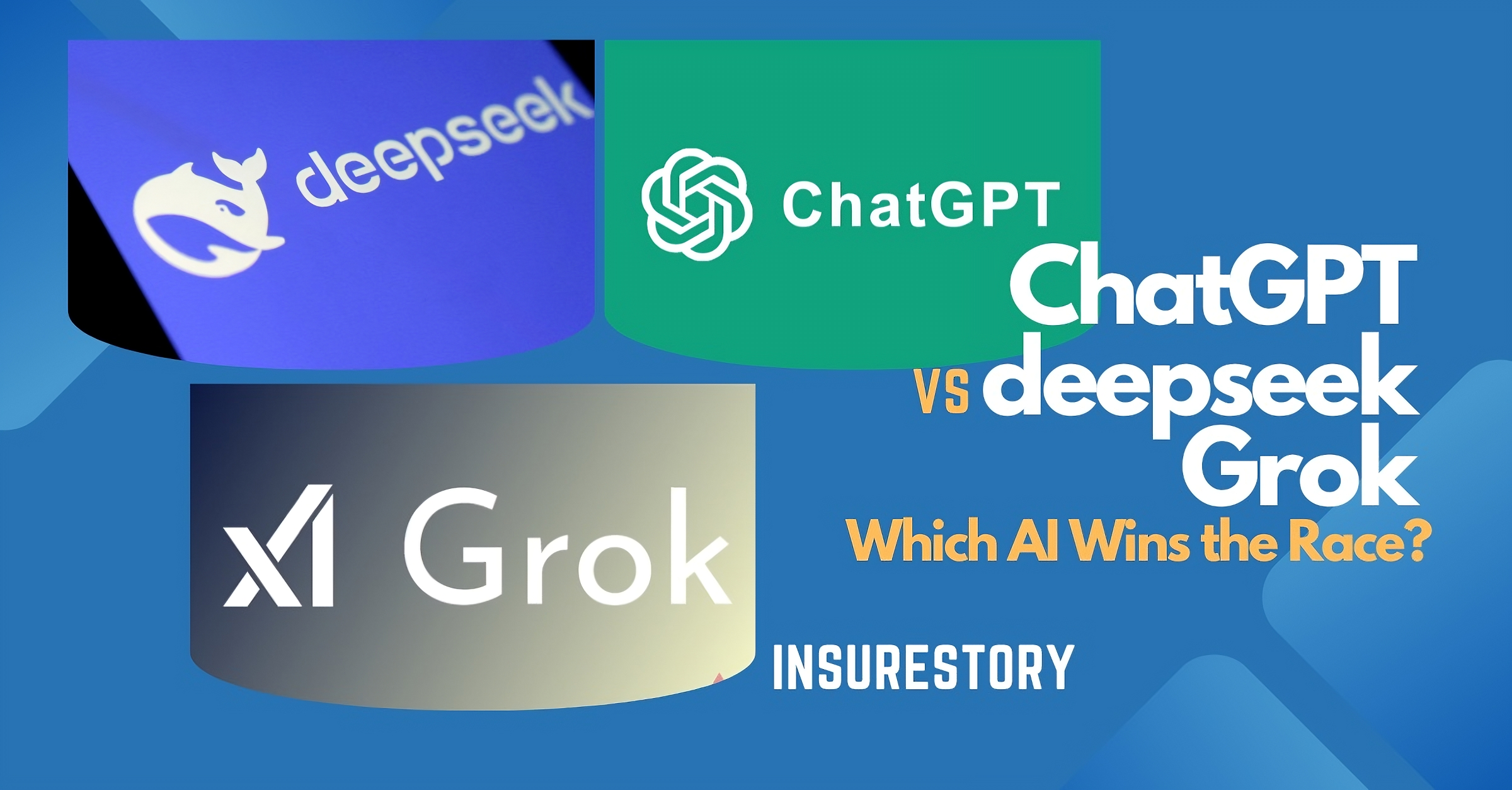Insurance is undergoing a transformation, and a key player in this shift is embedded insurance. But what exactly does this term mean, and why should insurance professionals and consumers alike pay attention to it?
What is Embedded Insurance?
Embedded insurance is an innovative model where insurance products are seamlessly integrated into the customer’s journey, typically through digital platforms or partnerships with non-insurance companies. Instead of purchasing a policy separately, consumers are offered insurance coverage at the point of need—whether that’s during a purchase, when renting a car, or even while booking a flight.
For example, when booking a trip online, travelers might be offered travel insurance at checkout, integrated into the platform, without having to navigate away from the process. This kind of “embedded” experience makes insurance feel less like a separate product and more like a natural part of the transaction.
How Embedded Insurance Helps Insurers and Insureds
Embedded insurance isn’t just a win for consumers; it also offers unique advantages to insurers.
- Increased Reach for Insurers: By integrating insurance into everyday transactions, companies gain access to a much broader customer base, especially reaching younger generations who may not have engaged with traditional insurance channels.
- Improved Customer Experience: For consumers, the ease of adding coverage at the point of need simplifies the process. There’s no need for research, lengthy applications, or separate transactions. It’s fast, efficient, and more personalized.
- Data-Driven Pricing: Embedded insurance allows insurers to collect data from various touchpoints within the customer’s journey, enabling them to offer more tailored products and better risk assessments.
- Better Risk Management: Insurers can improve risk management by collecting real-time data and using advanced analytics to adjust policies as needed, ensuring both insurers and insureds are protected adequately.
The Evolution of Embedded Insurance
Embedded insurance isn’t new, but its adoption is accelerating thanks to technological advancements. It has evolved from a niche offering into a more mainstream option, as industries like travel, e-commerce, and even automotive are integrating insurance offerings into their platforms.
Historically, purchasing insurance was a formal, often tedious process involving agents, paperwork, and comparisons between products. Embedded insurance, however, eliminates friction. What started with basic add-ons, like travel insurance during flight bookings, has now expanded into more complex and varied forms of coverage for different industries.
The Future of Embedded Insurance
Looking ahead, the future of embedded insurance seems poised for rapid growth. With advancements in artificial intelligence (AI), machine learning, and data analytics, embedded insurance is expected to become even more personalized, accurate, and efficient.
For insurance professionals, this represents a huge opportunity to innovate and align with the digital transformation happening across industries. The integration of insurance within digital ecosystems will help streamline operations, create new partnerships, and offer customers the flexibility they demand.
For Gen Z and Millennials, two tech-savvy generations that demand convenience and personalized services, embedded insurance aligns perfectly with their lifestyle. These generations are used to having services and products available at their fingertips—why not have insurance be part of that?
How Will You Perceive This Innovation?
As embedded insurance continues to grow, it’s essential for both insurers and consumers to assess how this innovation changes the way we think about coverage. For insurance professionals, it’s an opportunity to evolve and meet the expectations of a new, digital-first generation. For consumers, embedded insurance represents a chance for more accessible, efficient, and integrated protection.











